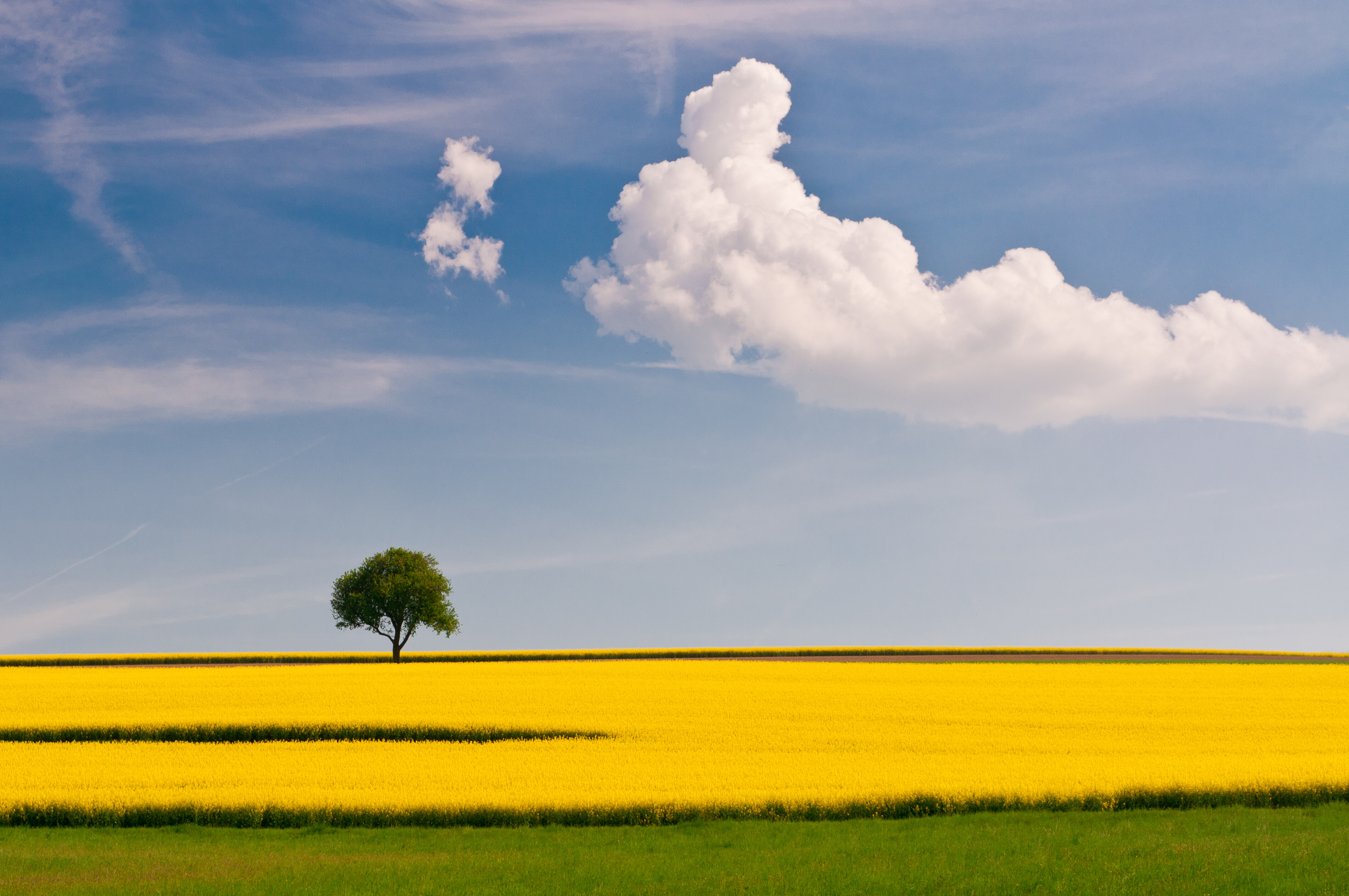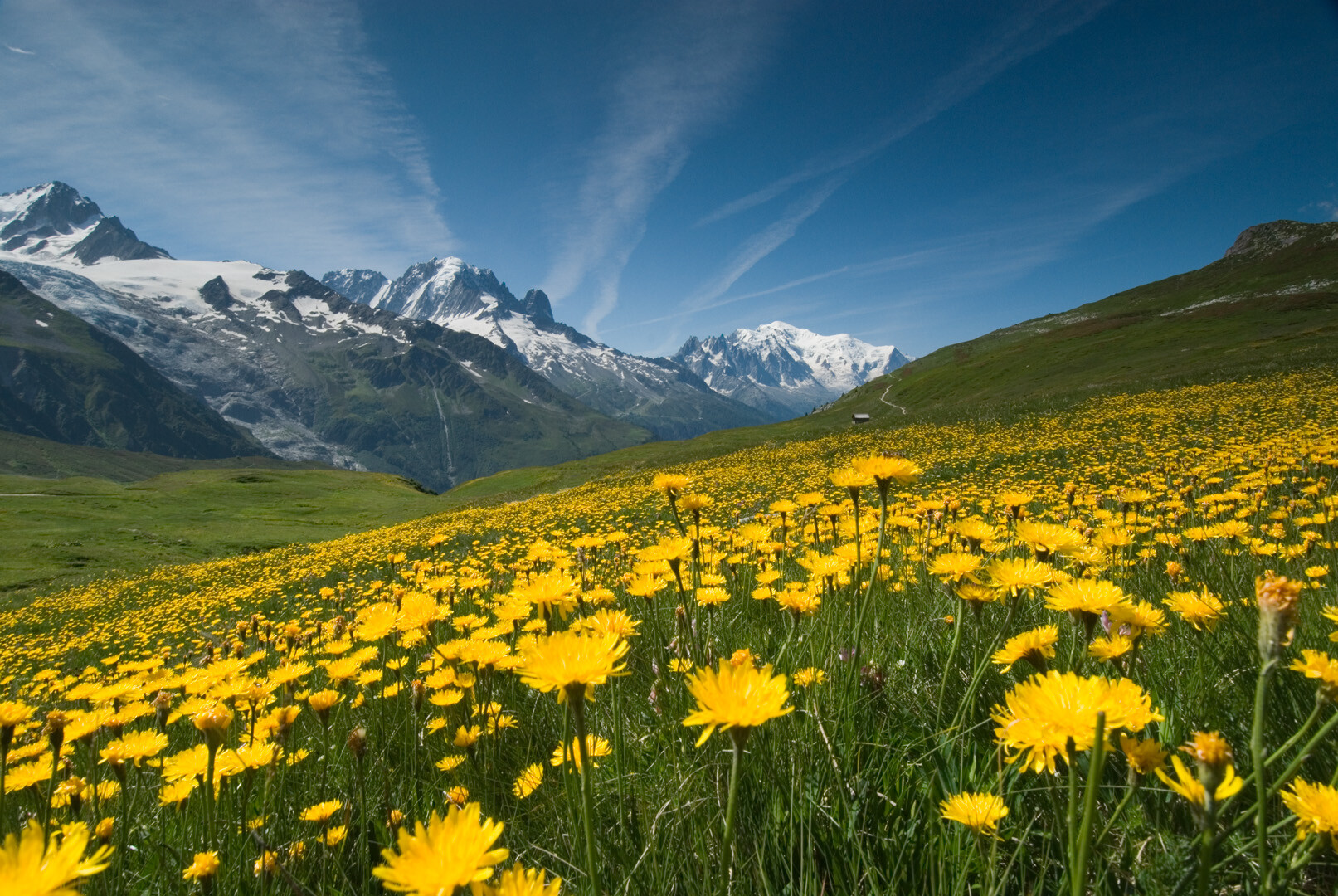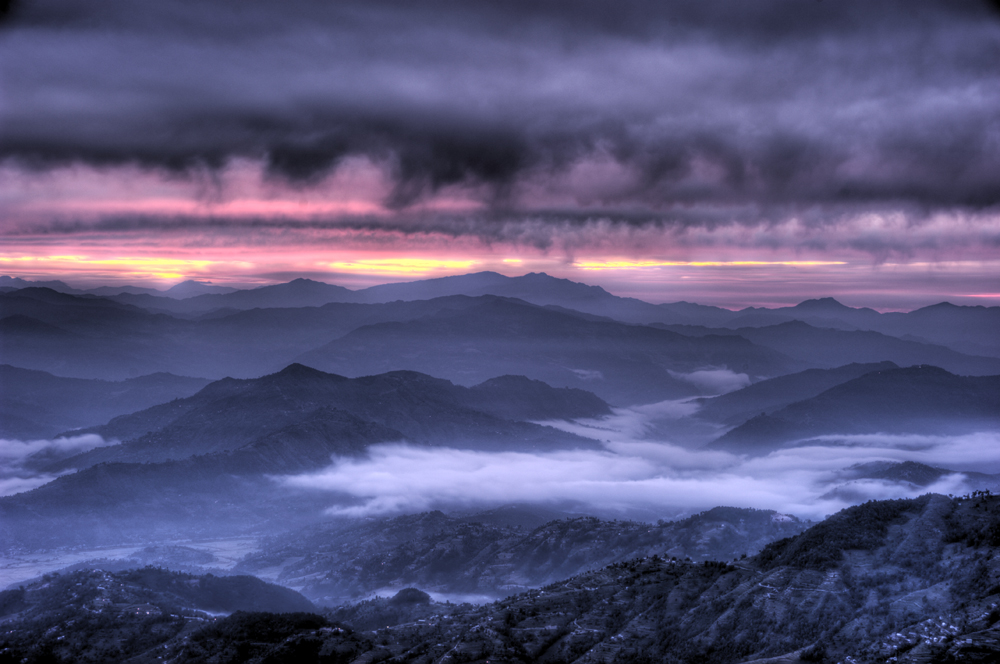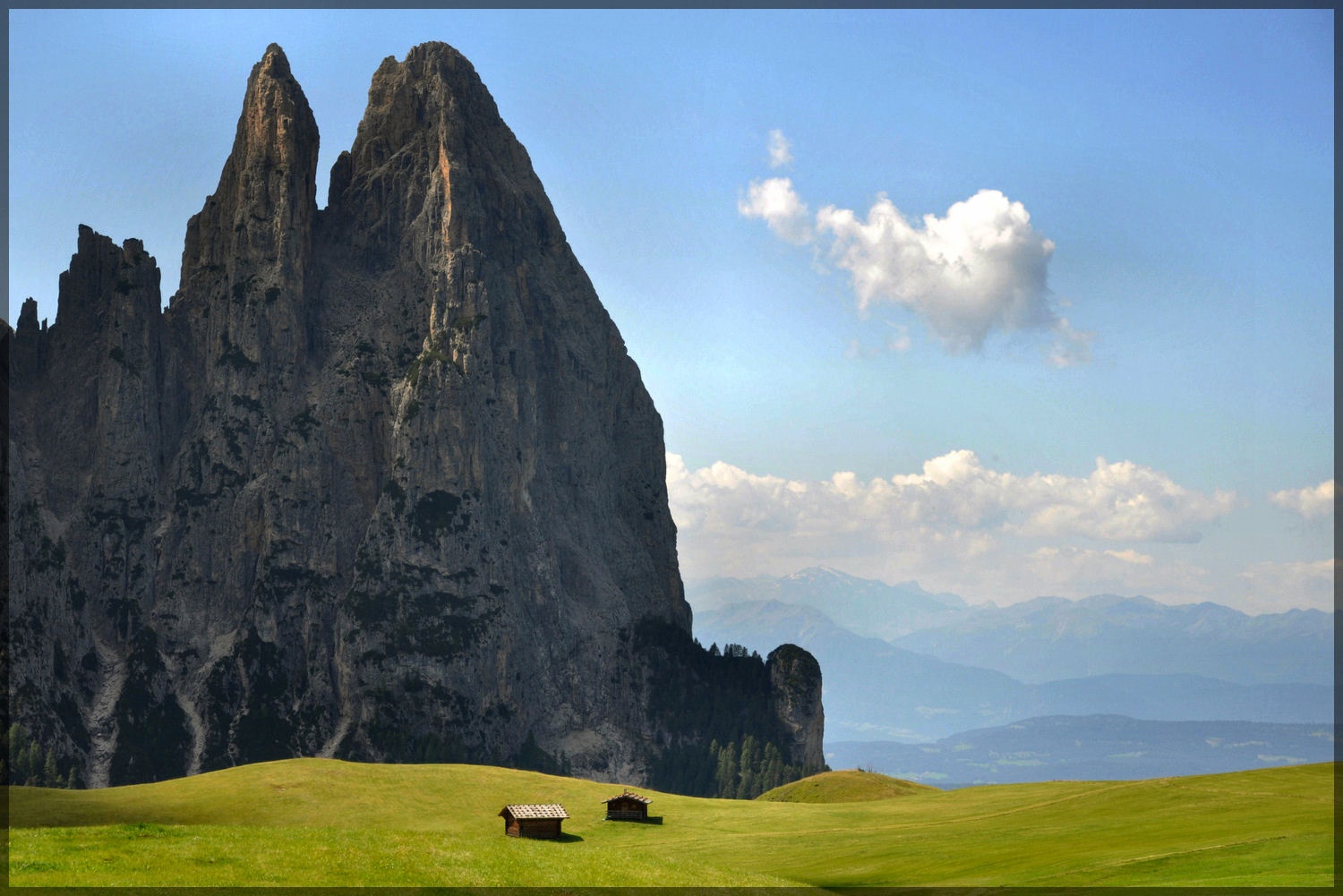My first love in photography when I first got my trusty old Minolta SLR as a teenager was landscape photography. There’s something about getting out in nature with the challenge of capturing some of the amazing beauty that you see. Perhaps it fits with my personality type – but I loved the quietness and stillness of waiting for the perfect moment for the shot, scoping out an area for the best vantage point and then seeing the way that the light changed a scene over a few hours.
While I don’t get as much time as I’d like for Landscape Photography these days – I thought I’d jot down a few of the lessons that I learned in my early years of doing it. I’d love to hear your own tips in comments below.
Landscape Photography Tips
1. Maximize your Depth of Field
While there may be times that you want to get a little more creative and experiment with narrow depth of fields in your Landscape Photography – the normal approach is to ensure that as much of your scene is in focus as possible. The simplest way to do this is to choose a small Aperture setting (a large number) as the smaller your aperture the greater the depth of field in your shots.
Do keep in mind that smaller apertures mean less light is hitting your image sensor at any point in time so they will mean you need to compensate either by increasing your ISO or lengthening your shutter speed (or both).
PS: of course there are times when you can get some great results with a very shallow DOF in a landscape setting (see the picture of the double yellow line below).
2. Use a Tripod
As a result of the longer shutter speed that you may need to select to compensate for a small aperture you will need to find a way of ensuring your camera is completely still during the exposure. In fact even if you’re able to shoot at a fast shutter speed the practice of using a tripod can be beneficial to you. Also consider a cable or wireless shutter release mechanism for extra camera stillness.
3. Look for a Focal Point
All shots need some sort of focal point to them and landscapes are no different – in fact landscape photographs without them end up looking rather empty and will leave your viewers eye wondering through the image with nowhere to rest (and they’ll generally move on quickly).
Focal points can take many forms in landscapes and could range from a building or structure, a striking tree, a boulder or rock formation, a silhouette etc.
Think not only about what the focal point is but where you place it. The rule of thirdsmight be useful here.



